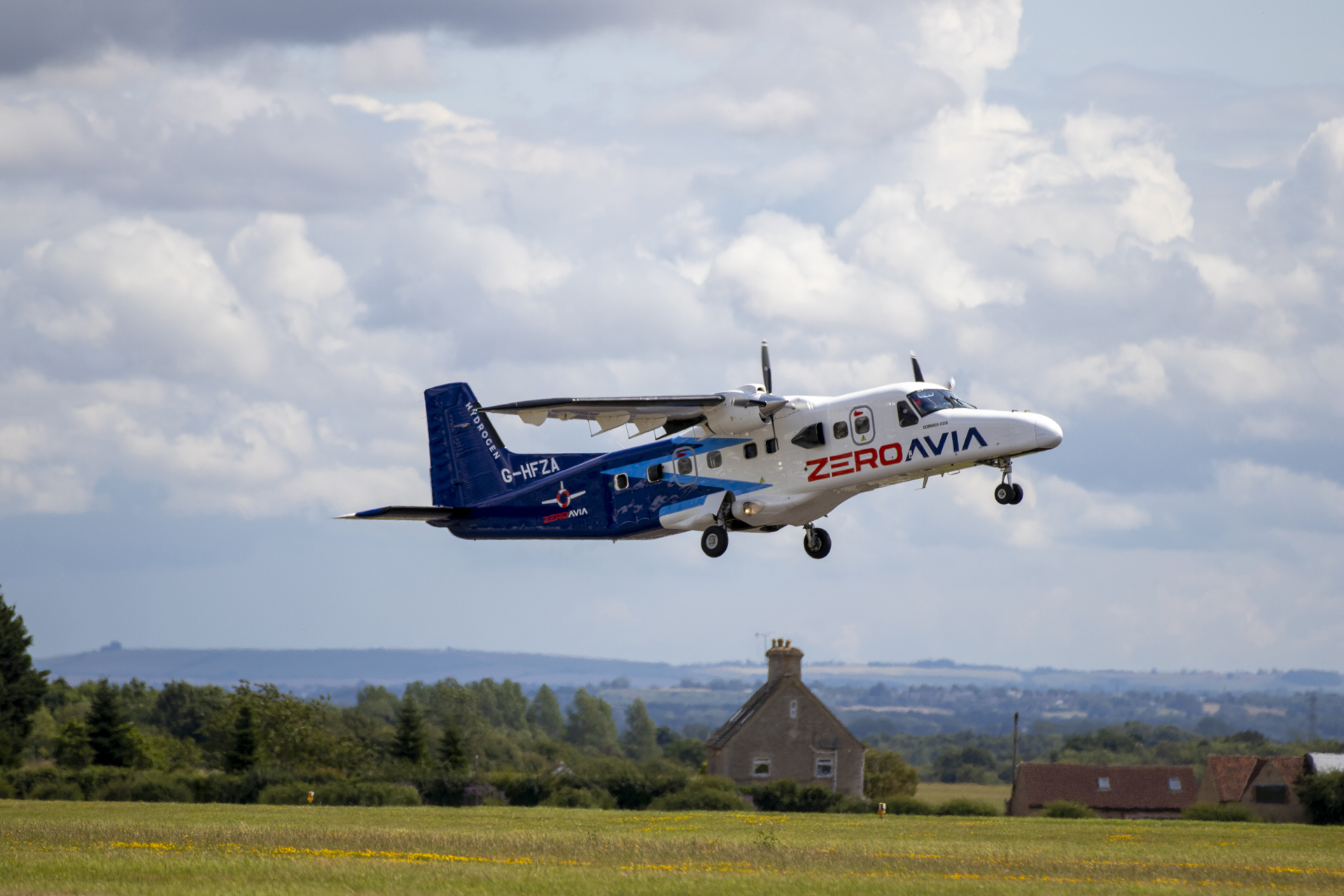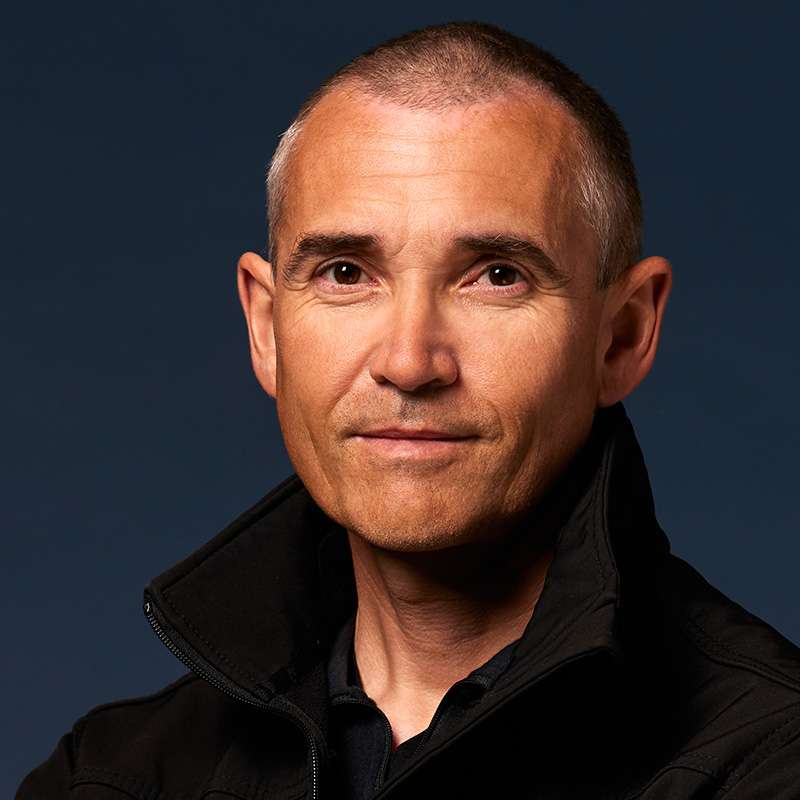It’s no secret that air travel adds several billion tons of CO2 to the atmosphere annually. For years, people have been purchasing carbon offsets for the emissions produced by their flights. There’s even an anti-flying social movement called flygskam (Swedish for flight shame). But as global citizens, many of us will agree that there are immeasurable benefits to exploring new places and forging connections between cultures. So, how do we make this remarkable world of aviation better for future generations? Val Miftakhov and his team at ZeroAvia are rapidly climbing to a solution with their hydrogen-electric aircrafts. Almost one year ago, the testbed Dornier 228 model made history with its first flight, bringing ZeroAvia on track to reaching the goal of powering zero-emission commercial aircrafts with up to 19 passengers by 2025 (300 mile range), and up to 80 passengers by 2027 (700 mile range). “Hydrogen has 100 times more energy density than the best electric batteries today,” says Miftakhov, “and it is the most abundant substance in the universe, as opposed to fossil fuels which are increasingly scarce.”
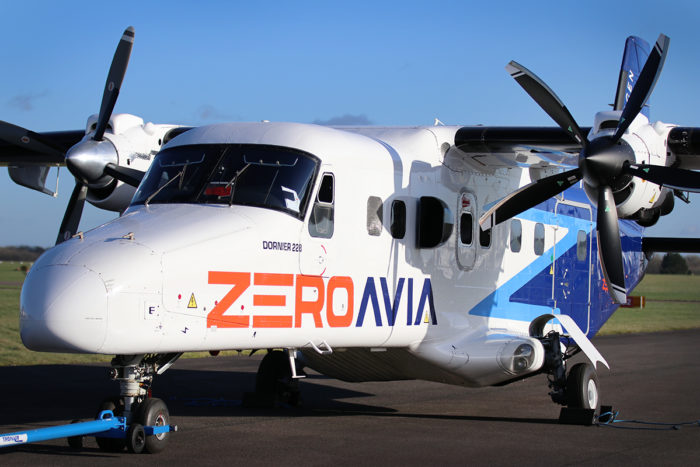
How did you personally get involved in aviation?
I have long been interested in aviation based on a childhood fascination and formative experiences with my father. I followed this passion to become a private pilot of both helicopters and fixed-wing aircraft a number of years ago. At the same time, I was becoming ever more alarmed by the climate crisis. I left my job at Google to become a clean tech entrepreneur and after selling my first company in the EV charging space, it was pretty evident what challenge I had to throw myself into next! I do not believe in restricting flight, but I think we need to find ways to fly clean so that we can spread its benefits.
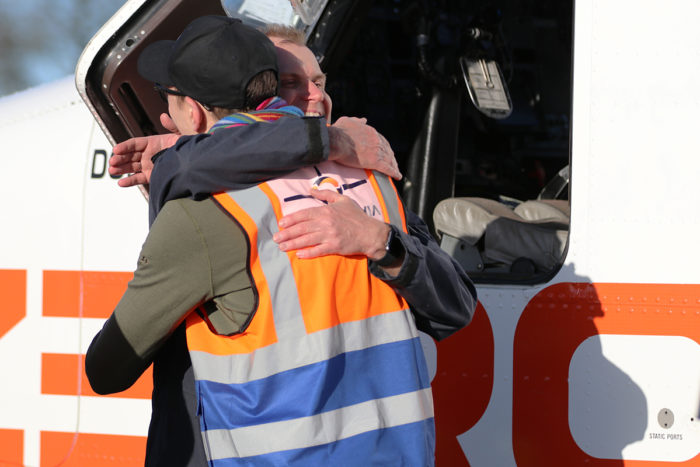
What is the difference between hydrogen electric and battery electric? And why did ZeroAvia choose hydrogen?
As one of the hardest to abate sectors, aviation is predicted to account for up to 50% of GHG (greenhouse gas) emissions by 2050. Given that we are already behind on overall targets to tackle global warming, the solution for aviation needs to be far reaching and holistic.
With demand growth, bridge solutions like SAF (sustainable aviation fuel)—especially regarding cost and scalability challenges—can be helpful in tackling some carbon emissions, but they can’t remove carbon emissions fully, nor can they tackle non-CO2 emissions like NOx, SOx, particulates and soot (which combined have a larger climate change forcing effect than CO2 emissions alone). As with automotive (or even more so), the answer has to be electrification, but we can’t do it on battery-power. It is well accepted that batteries’ energy-to-weight ratio make them impractical for commercial flight. Hydrogen-combustion engines will be important as part of the mix and offer zero carbon, but will not tackle NOx and water vapor emissions.
Hydrogen-electric propulsion is plainly the solution to addressing aviation’s climate impact, but also makes the most business and technological sense of all sustainable aviation solutions. Hydrogen has 100 times more energy density than the best electric batteries today, and it is the most abundant substance in the universe, as opposed to fossil fuels which are increasingly scarce. It has a specific energy that is 2.8 times higher than traditional jet fuel. Fuel cells are also 2-3 times more efficient systems than combustion engines, and due to the lower temperature reactions, will face less wear and tear. All this means significantly lower operating costs for airlines.
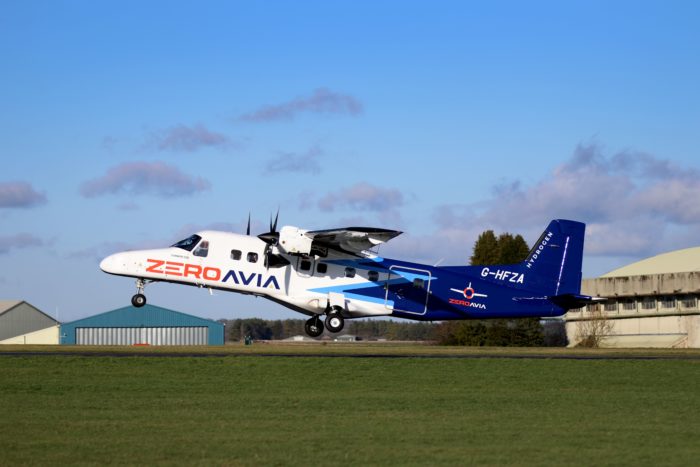
Where is the hydrogen sourced from or how are you producing it?
There are many different types of hydrogen production that can be low-carbon. We believe in electrolytic hydrogen using renewable energy (green hydrogen) as the optimal pathway. We are demonstrating hydrogen production, storage and refueling in multiple airport locations in a small way today, and working hard with commercial airports in North America and Europe to develop ecosystems that will deliver low carbon, low cost hydrogen to their sites given their unique requirements.
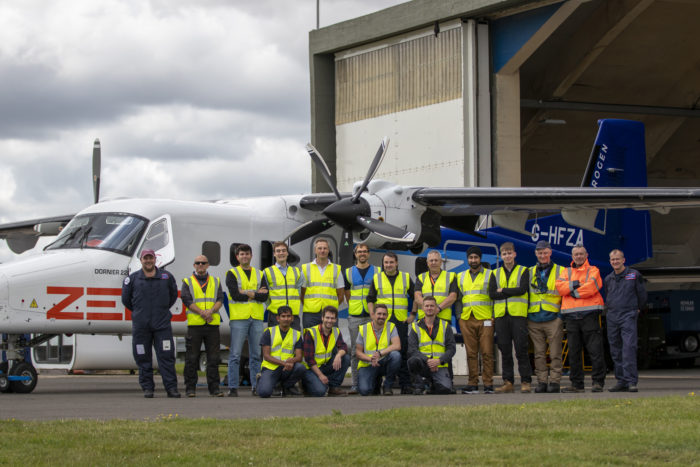
Are your aircraft models 100% hydrogen-fueled?
Currently, our testbed Dornier 228 aircraft has a conventional engine on the right side and one prototype hydrogen-electric powertrain on the left. This is common for safe aerospace testing as it allows us to collect data on the novel propulsion system while adhering to the safety of being able to operate with one engine should either the traditional or experimental engine fail.
In this testing configuration, the hydrogen-electric powertrain comprises two fuel cell stacks with lithium-ion battery packs providing peak power support during take-off and adding additional redundancy for safe testing. For the certifiable system (our ZA600 powertrain that we are now seeking regulatory approval for), it will be hydrogen fuel cell-powered only.
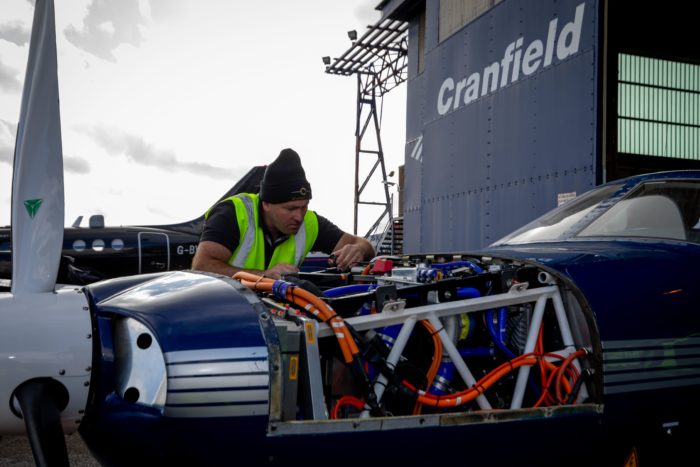
ZeroAvia aims to run commercial flights of up to 19 passengers by 2025 (300 mile range), and up to 80 passengers by 2027 (700 mile range). Are you on track to reach those targets?
Yes, we’re still on track with our timeline for the engines. There are a lot of external dependencies, not least the speed of the regulatory process, but we are confident on first operations on our engines in a commercial setting by the end of 2025 and headed into 2026. That’s based on a highly successful test campaign after that historic first flight.
The 10th flight in the initial series was completed in the summer, and saw a cruise test to establish projections for future ranges using the system, thus teeing up the first cross-country flights as the next stage of testing and demonstration in early 2024. Simultaneously, ground demonstration of the key components for our larger engine (for the 80-seat aircraft) has been successful with unique fuel cell, power electronics, electric motor and compressor technology developed in-house. A Dash 8-400 aircraft will prove this in flight in 2024 as the first step to that 2027 certification target.
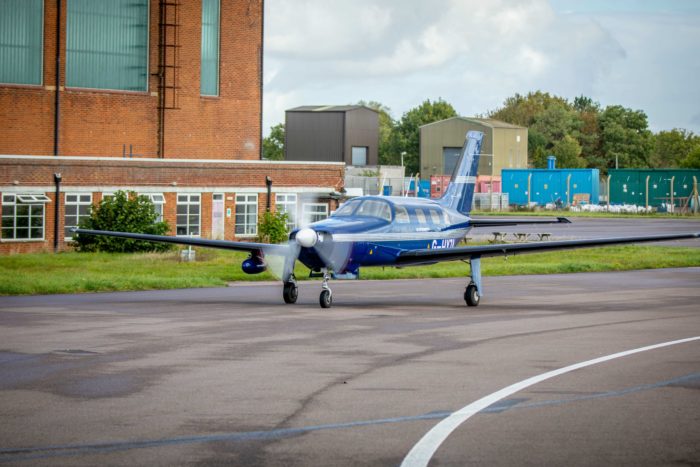
How is the recent $116M in Series C funding supporting growth at this stage?
The funding will accelerate our journey to certification of the ZA600 first engine and will also advance R&D that will scale the clean propulsion technology for larger aircraft.
What are the most common myths surrounding electric aviation?
There are perceptions around range which mirror EV cars, but I wouldn’t call them myths in aviation. Battery energy density is indeed insufficient for flying aircraft on commercial routes with a viable passenger or cargo payload. That’s exactly why you need fuel cells. We can deliver the electrification by storing energy in hydrogen form and then converting it back.
Hydrogen fuel cell hasn’t taken off spectacularly in passenger road cars. But that’s understandable given that batteries can do the job and cars are used for a small proportion of the day. An aircraft is a highly energy intensive application and it is also high utilization with multiple flights per day. Battery cycling costs would be punishing. Fuel cells can offer operating cost savings. So perhaps the biggest myth to dispel is the conflation of “battery” with “electric.”
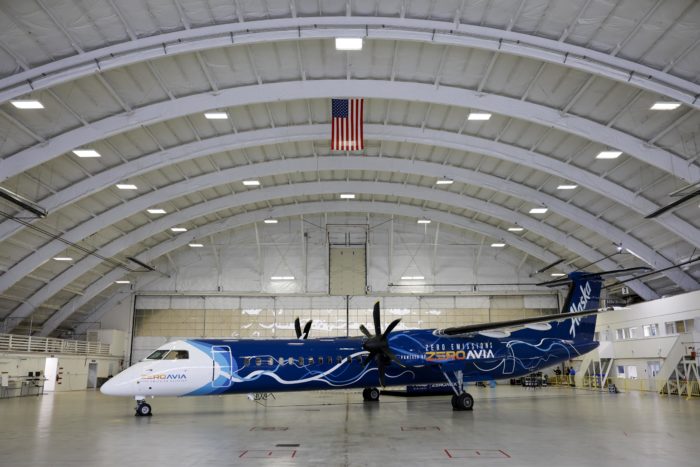
What is the process going to be like for airports to add this to their infrastructure?
The first step is to study the timelines for introduction of these novel propulsion systems and then to assess the benefits they can have in terms of climate impact, air quality and noise reduction. It really will be transformational for airports. The next is to study closely the hydrogen flight demand profile and what infrastructure best supports given the specific geographic and business operating characteristics—we are working with a lot of airports on just this.
In the long-term for most airports, we believe that the optimal model will be on or near-site hydrogen production and liquefaction, with new distribution infrastructure specifically for H2 (but that looks in many ways similar to existing airports—pipeline or bowser refueling). Permitting will be lengthy and there are health and safety considerations on managing hydrogen, particularly alongside kerosene and SAF (sustainable aviation fuel), so these need advanced planning. The key message to airport CEOs is that if hydrogen is not part of their master plan today, it should be.
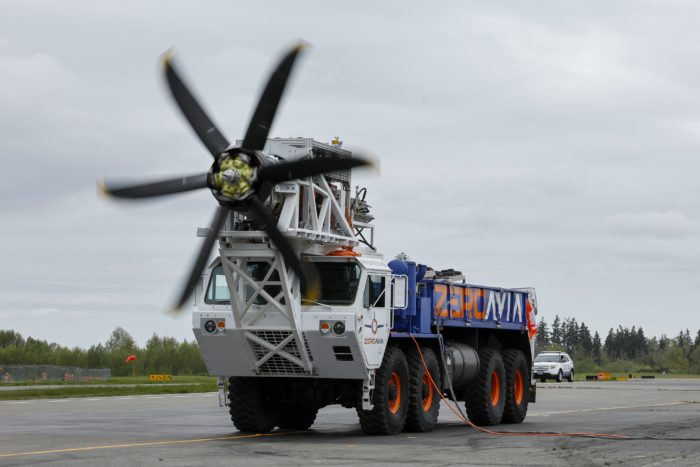
How does switching to hydrogen-electric propulsion reduce costs?
The cost of low-carbon hydrogen is falling and that drop will accelerate. According to PWC, green hydrogen production costs range from €3 to €8/kg currently and are predicted to fall 50% by 2030 and steadily thereafter. Kerosene and SAF are predicted to be up to five times more expensive by 2050. Furthermore, fuel cells are twice as energy efficient as combustion engines and hydrogen is a very energy dense fuel by weight. So long as its volumetric challenges can be overcome, it can be a vastly more cost-effective fuel for operators. The other big issue is that fuel cells and electric propulsion systems are low intensity and operate for many times longer than traditional combustion engines in between major maintenance events. There are big operational cost savings here too.


